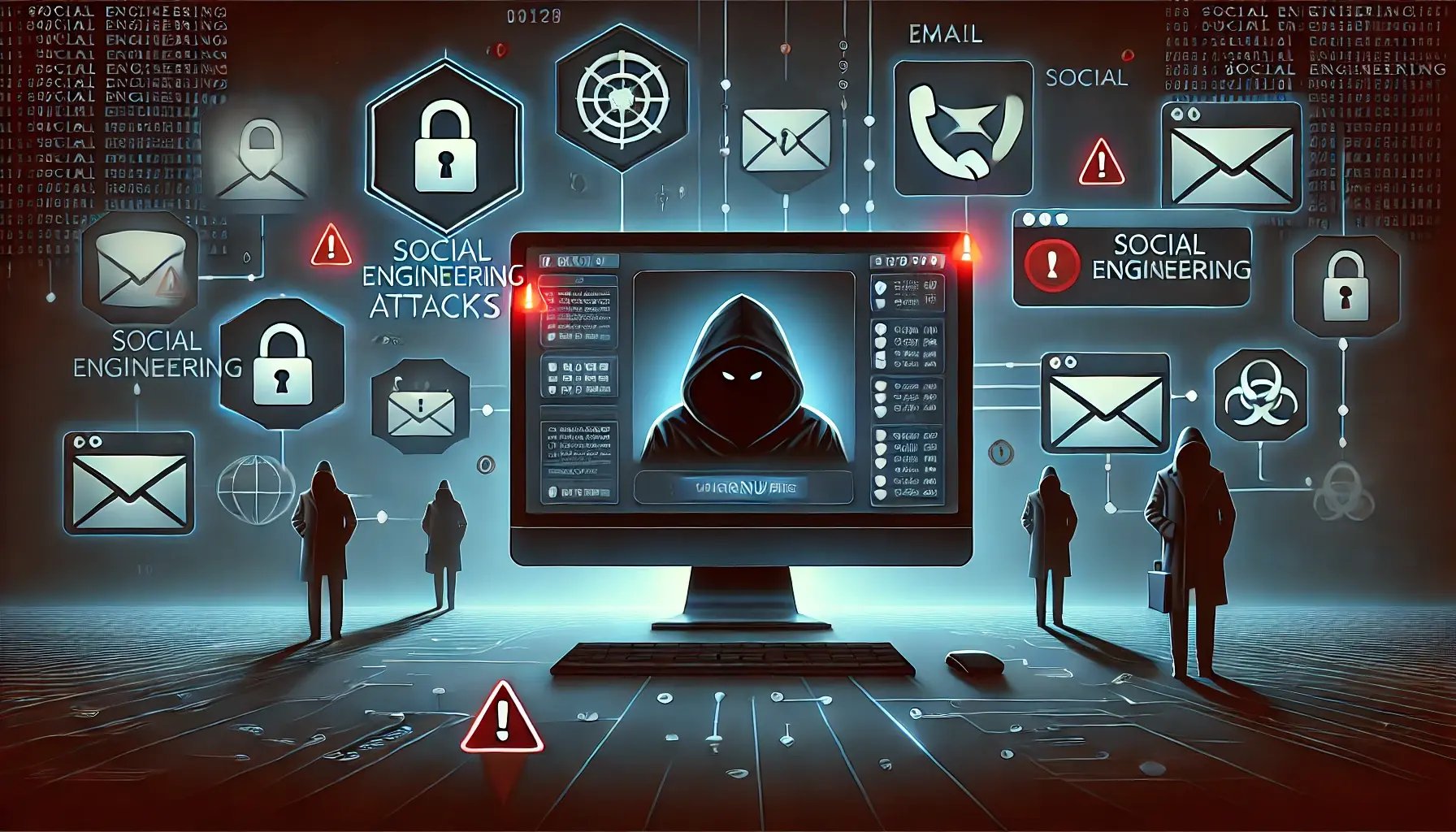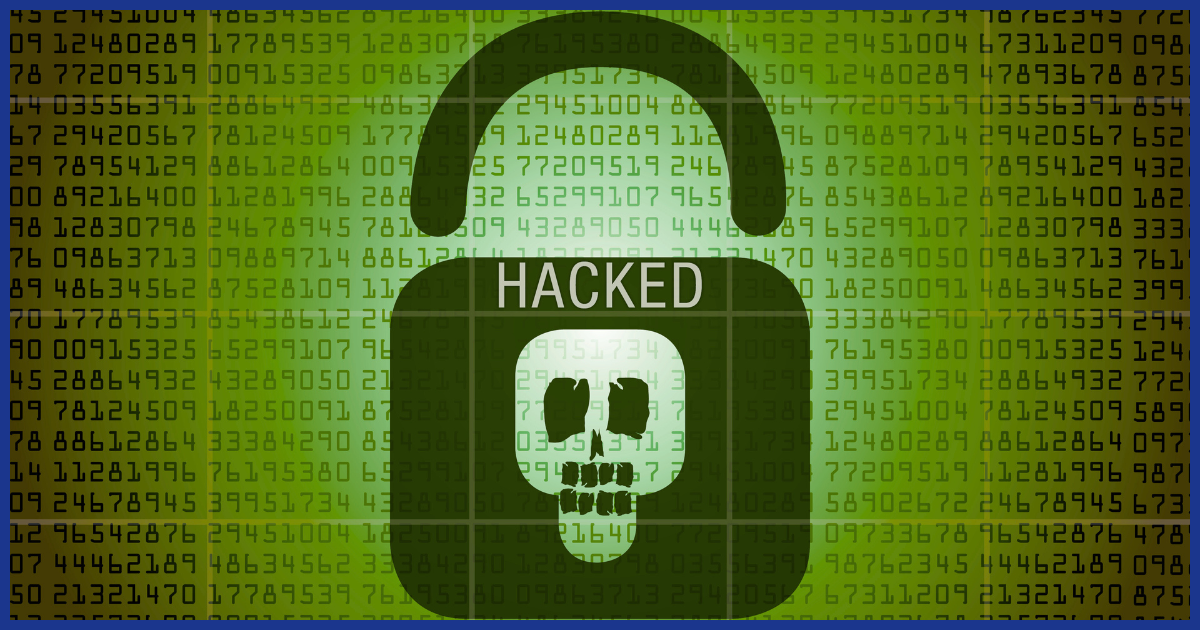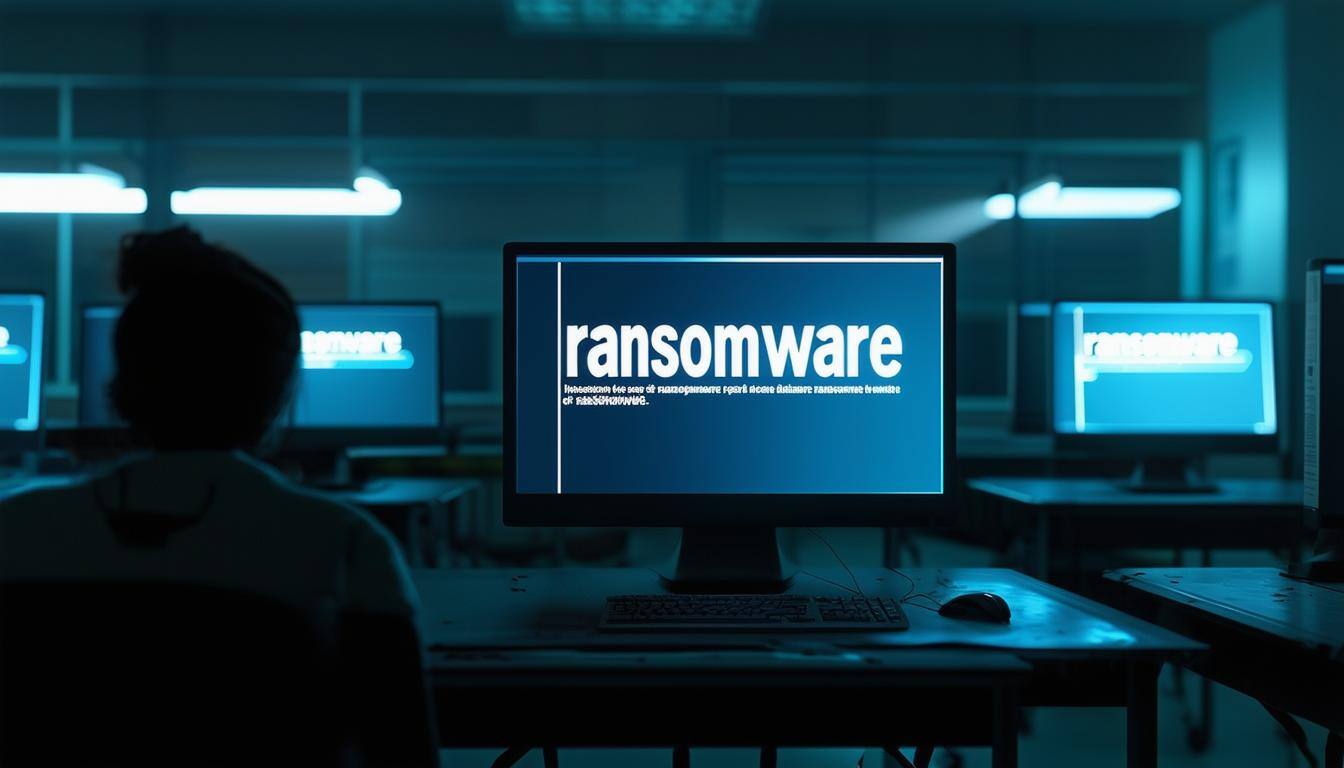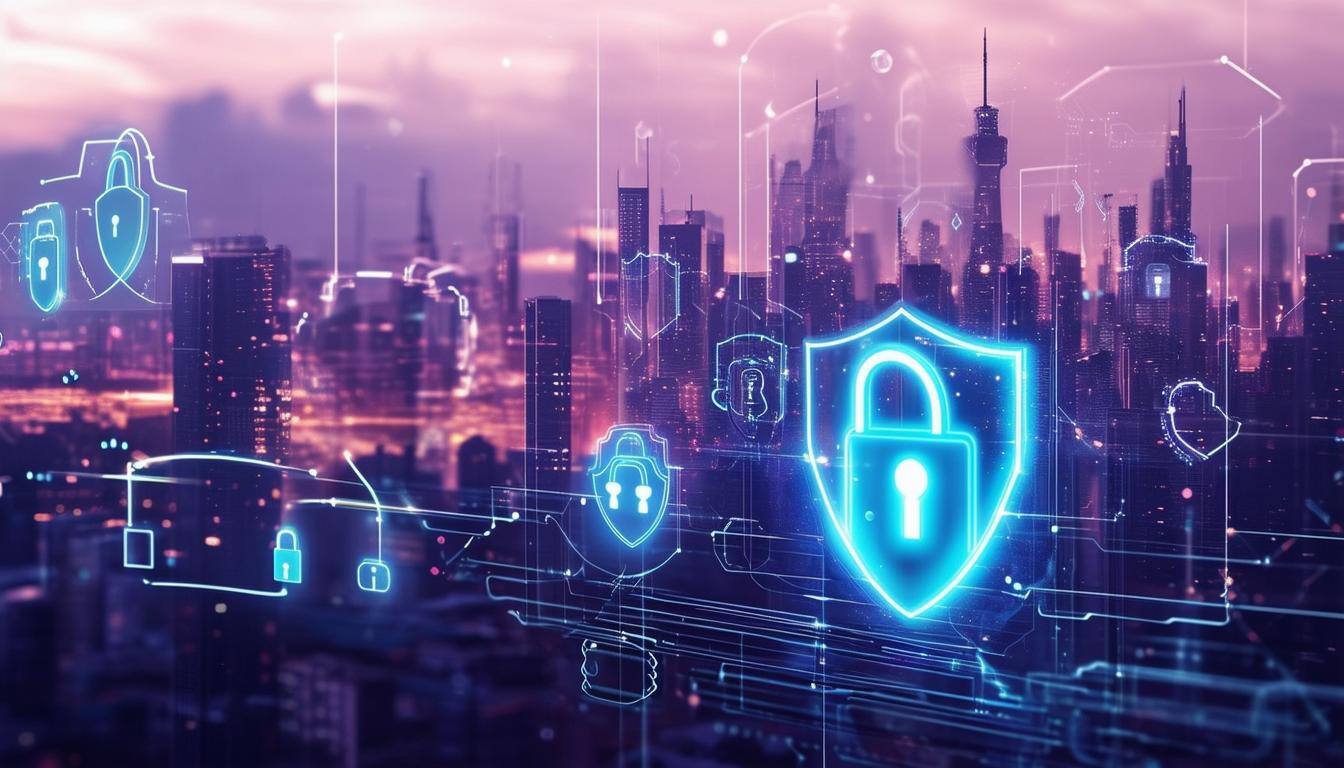Why Hackers Love Small Businesses and How to Stop Them
Most small business owners think, “Why would anyone target us?”It’s a fair question. You’re not a billion-dollar company. You’re not managing...
In 2024, cybercriminals are evolving their tactics faster than ever—using sophisticated methods to steal personal data and cripple organizations. Whether they target individuals or businesses, scams now blend psychology with technology, creating convincing traps. Below are five of the most dangerous cyber scams, with insights from DaZZee’s Fortify IT services on how to combat them.
Phishing attacks are designed to deceive people into giving away personal information like passwords or credit card numbers. These scams often arrive as emails pretending to be from trusted sources—such as banks, online retailers, or government agencies. The message might contain a malicious link or attachment and create a sense of urgency, such as “Your account has been compromised—act now!”
![]()
💡 Fun fact: Phishing accounted for 36% of all breaches globally in 2023.
How to Stay Safe: Use multi-factor authentication (MFA) to protect your accounts and encourage staff to take phishing awareness training like those included in DaZZee’s Fortify IT program.
Ransomware involves hackers encrypting your files and demanding payment to unlock them. It’s a growing threat: ransomware attacks surged by 24% in 2024 alone, with healthcare, finance, and education sectors often targeted. Modern ransomware doesn’t just lock data—it often steals information and threatens to release it unless the ransom is paid.

Sudden inability to access files or systems.
Unusual messages or ransom notes demanding payment.
Files with strange extensions, such as .locked or .encrypted.
💡 Pro Tip: The best defense against ransomware is regular backups. DaZZee helps companies with managed backups and 24/7 monitoring to catch ransomware early.
In these scams, fraudsters pretend to be from a well-known company (like Microsoft) and convince victims that their computer has a virus. They might ask for remote access or push you to pay for unnecessary services. These scams often target the elderly or less tech-savvy users.

Scammers cold-call victims, claiming to be from “tech support.”
Fake pop-ups warn that your device is infected and prompt you to call a support number.
They might install malware if given access, making the situation worse.
🔐Stay Safe Tip: Never give remote access to unknown parties. If unsure, consult your IT department or a trusted provider like DaZZee to confirm if your system is compromised.
As cryptocurrencies like Bitcoin grow in popularity, so do fraudulent schemes. Scammers may offer fake Initial Coin Offerings (ICOs) or claim to run cryptocurrency exchanges, luring victims with promises of quick returns. Once invested, the money vanishes.
%20website%20promising%20quick%20returns%2c%20illustrating%20cryptocurrency%20scams%20and%20investment%20fraud..webp?width=1792&height=1024&name=Fake%20Initial%20Coin%20Offering%20(ICO)%20website%20promising%20quick%20returns%2c%20illustrating%20cryptocurrency%20scams%20and%20investment%20fraud..webp)
Too-good-to-be-true investment promises with guaranteed returns.
Pressure to invest quickly to avoid “missing out.”
Requests to pay only in cryptocurrency, which is difficult to trace or recover.
💡 Insight: Crypto scams surged in 2023, with billions lost to fraudulent exchanges and fake ICOs.
Social engineering manipulates people into sharing sensitive information by preying on emotions like trust, fear, or urgency. These attacks come through emails, social media messages, or phone calls pretending to be from trusted sources. They account for more than 90% of all cyber incidents in 2024.

Impersonation: Scammers pretend to be a coworker or vendor to access company information.
Pretexting: They create a false story to justify their request for data or action.
Quid Pro Quo: Offering a fake reward in exchange for personal data.
💡 Pro Tip: Strengthen defenses with regular security awareness training—an essential service in DaZZee’s Fortify IT package.
Cybersecurity is all about vigilance and preparation. Ensure your software is up to date, back up your data regularly, and never give remote access to strangers. For businesses, adopting a zero-trust architecture and offering cybersecurity training to employees are essential steps toward enhanced protection.
At DaZZee IT Services, our Fortify IT solutions help businesses combat these threats with 24/7 monitoring, zero-trust frameworks, and ongoing security training.
If you're ready to discuss how we can safeguard your organization, schedule a consultation. Stay ahead of the scammers—don't let them catch you off guard.

Most small business owners think, “Why would anyone target us?”It’s a fair question. You’re not a billion-dollar company. You’re not managing...

2023 was a tough year for schools and colleges across the nation. Not only did they face the typical challenges of running educational institutions,...

As we inch closer to 2025, the cybersecurity landscape continues to evolve, becoming more intricate and, frankly, a bit scarier. From small...